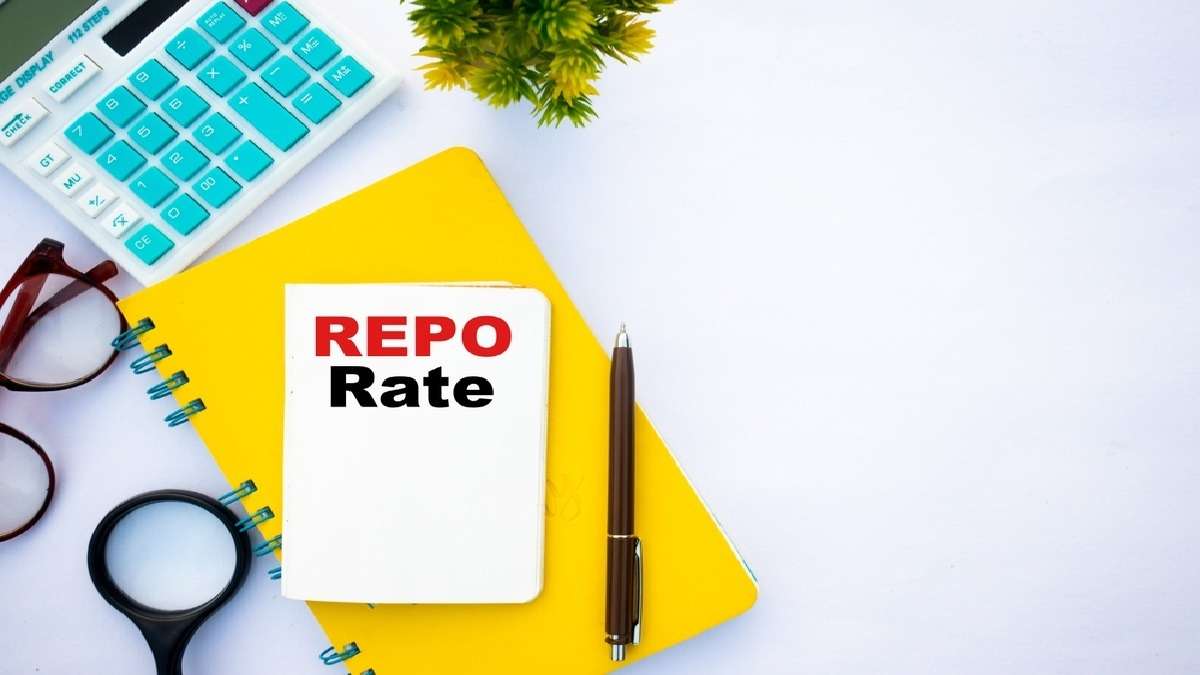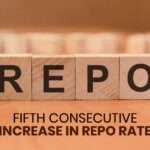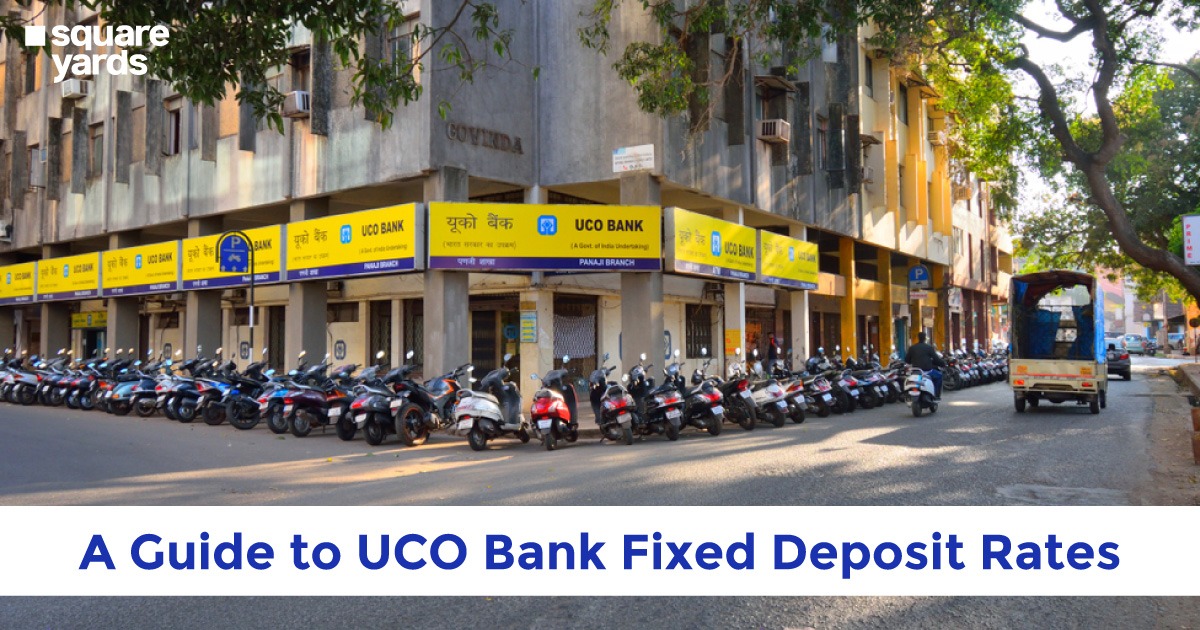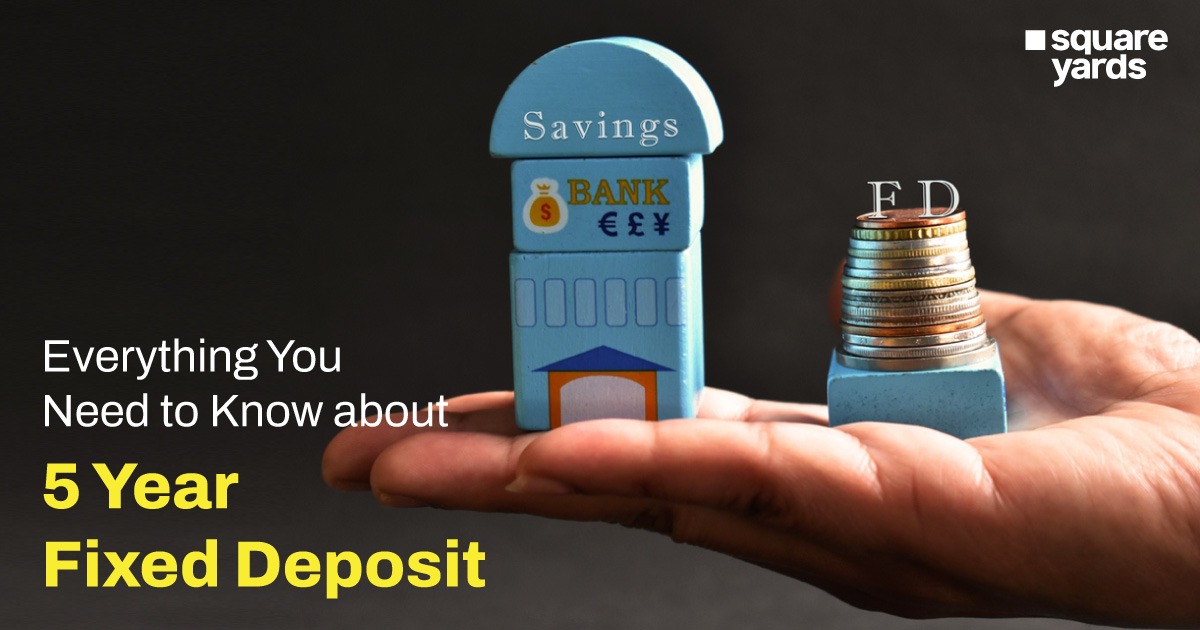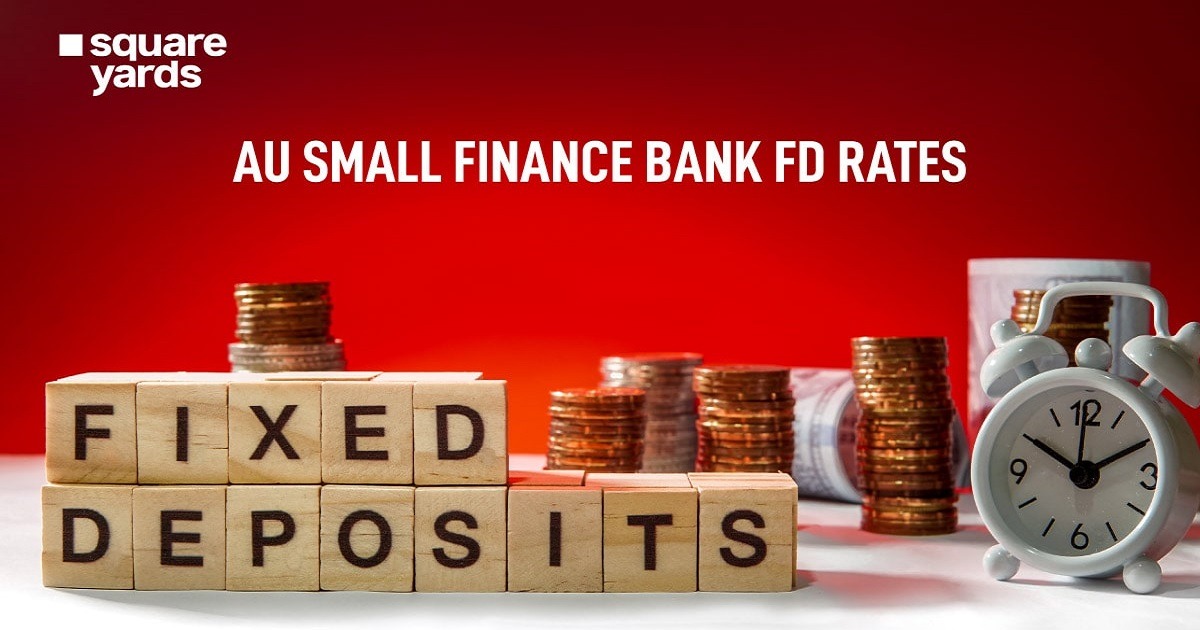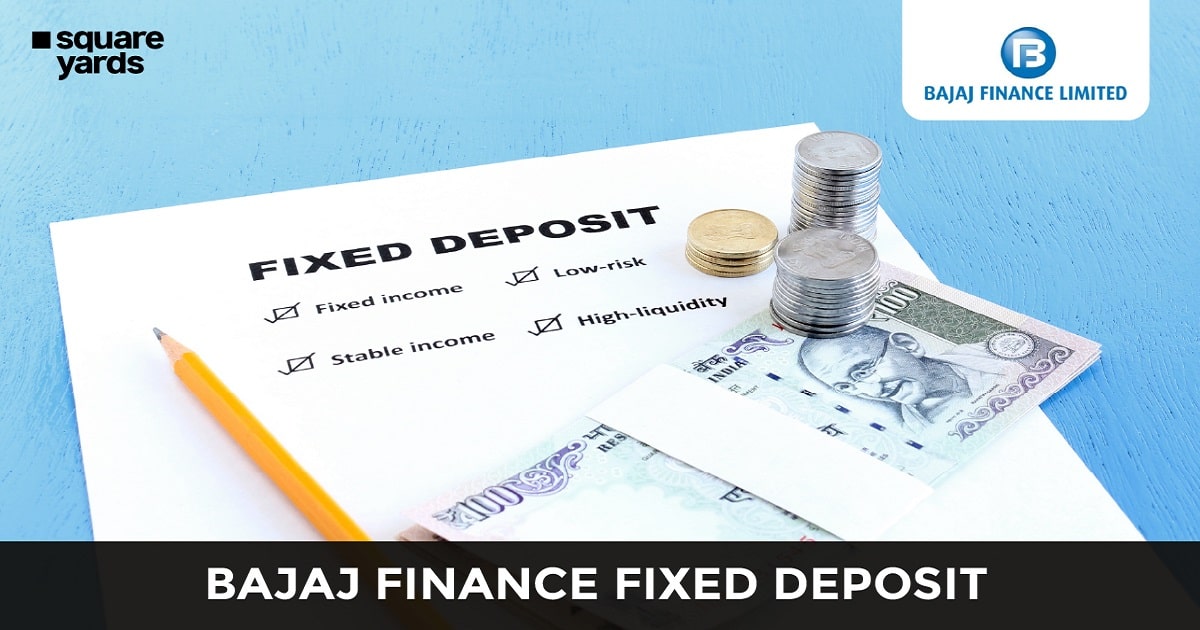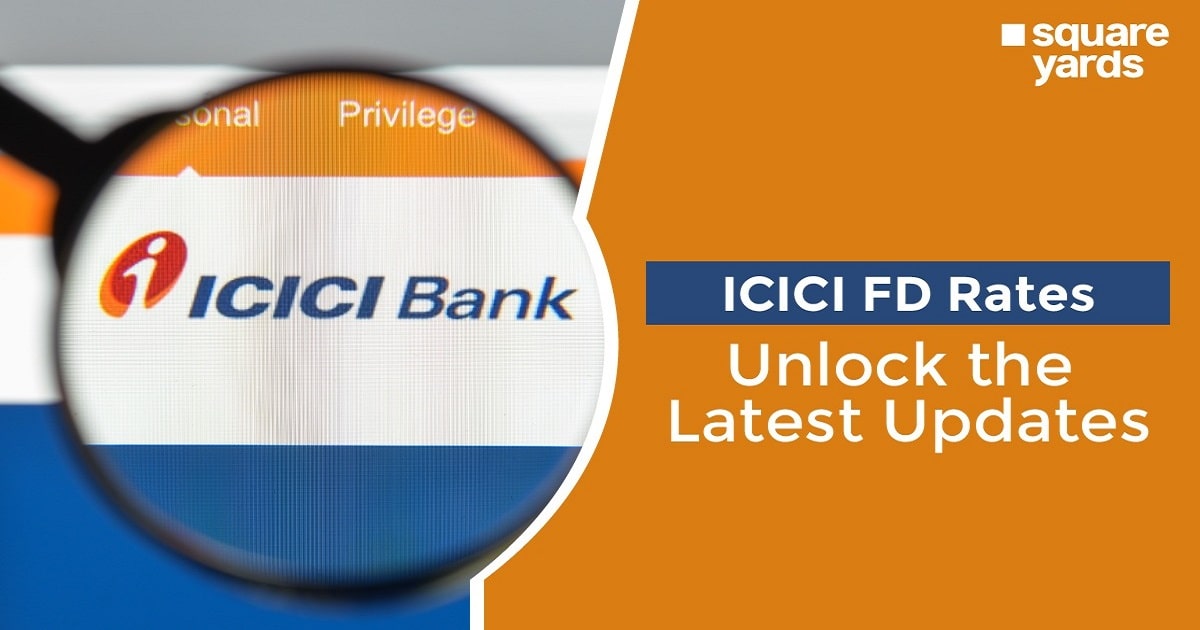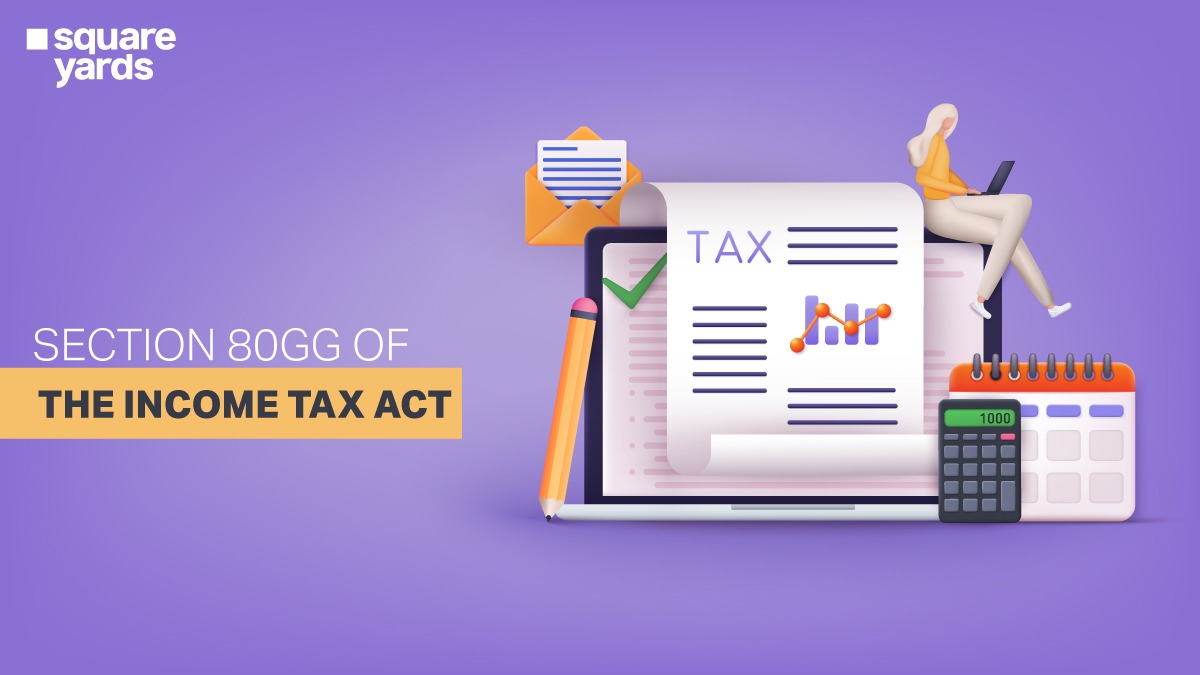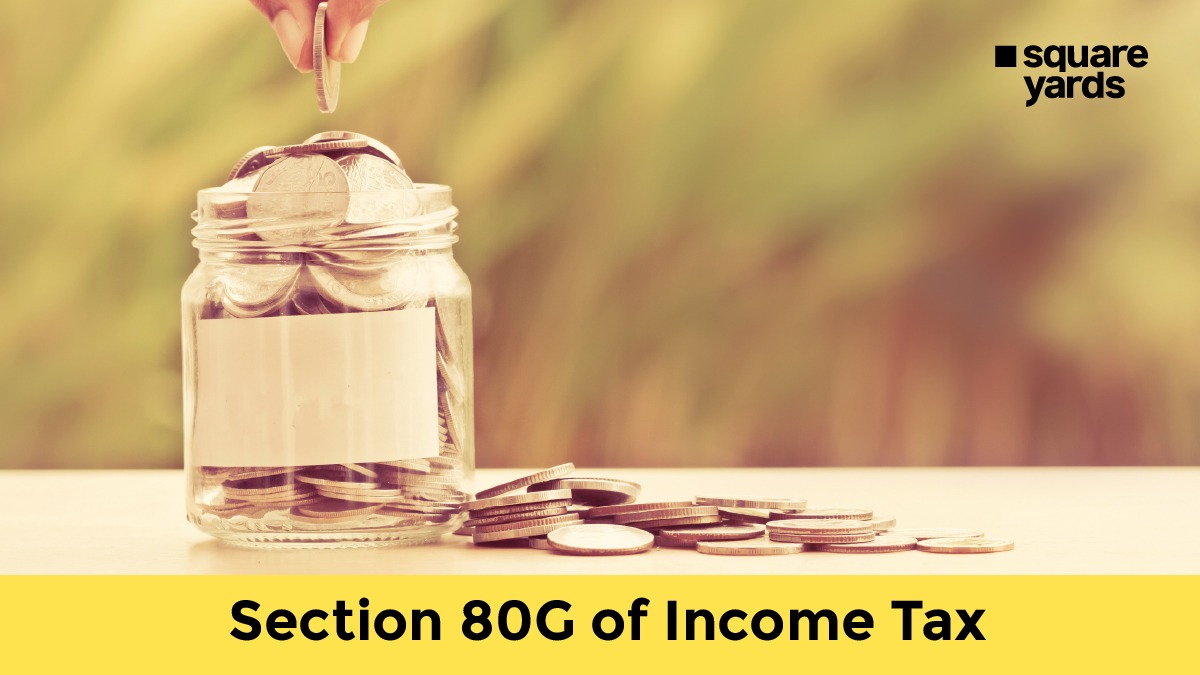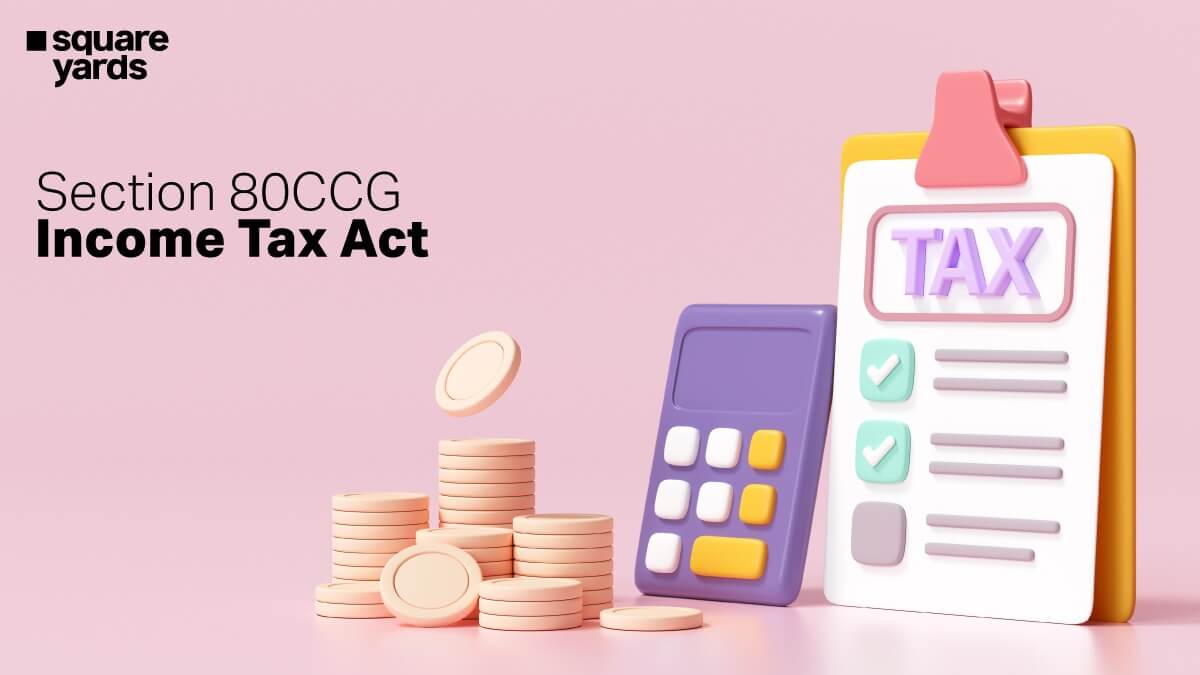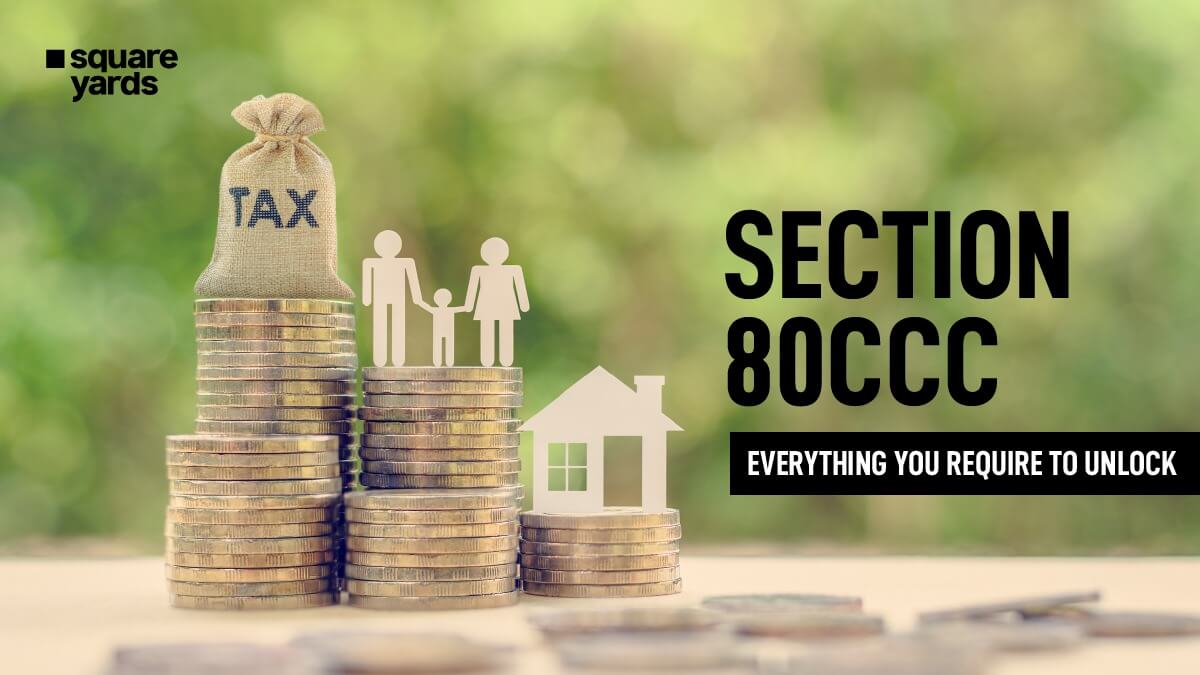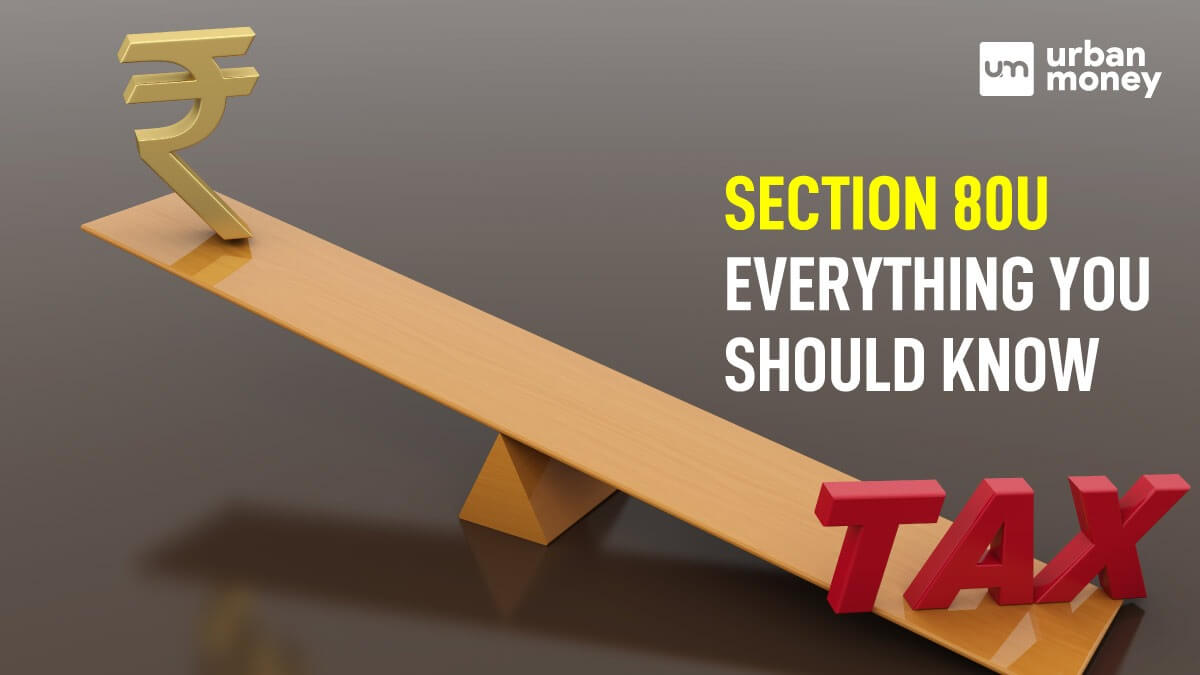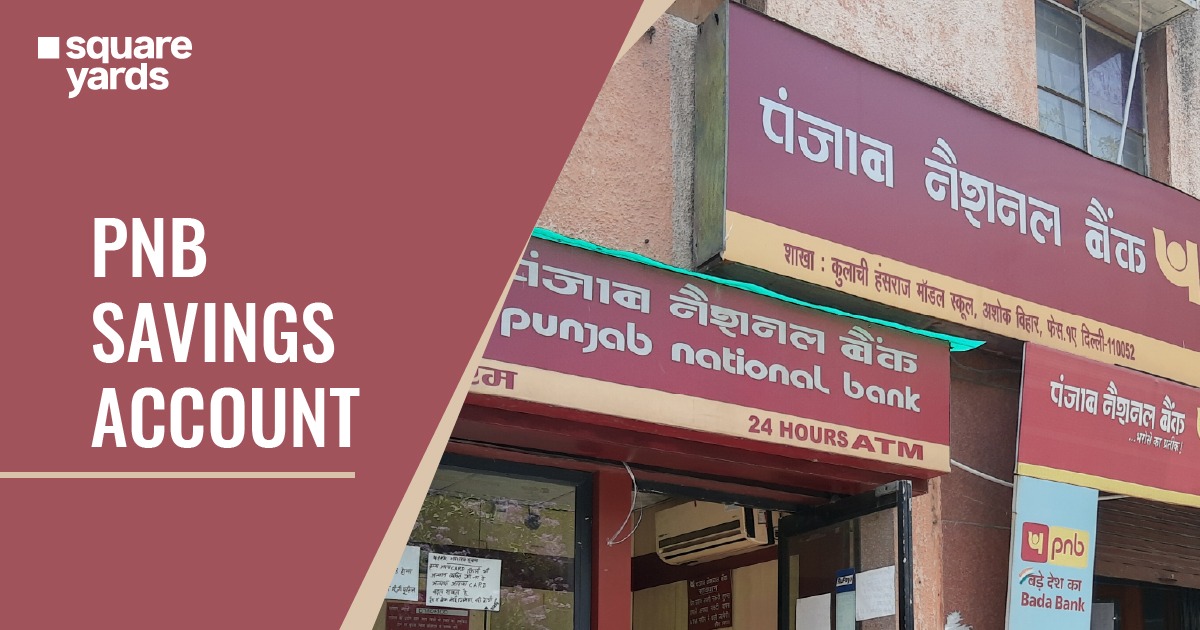About Repo Rate
The repo rate is the interest rate at which commercial banks can borrow money from the central bank. This rate is crucial because it influences banks’ borrowing costs, affecting the interest rates that banks charge customers. A higher repo rate makes it more expensive for banks to borrow money, leading to higher customer interest rates.
Table of contents
The History of Repo Rate
The repo rate was introduced in India in the year 1992 and has since been revised several times. The current repo rate is 5.90%. The previous year’s repo rate has been tabulated below:
| Year | Repo Rate |
| September 2022 | 5.90% |
| August 2022 | 5.40% |
| June 2022 | 4.90% |
| May 2022 | 4.40% |
| October 2020 | 4.00% |
| August 2020 | 4.00% |
| May 2020 | 4.00% |
| March 2020 | 4.40% |
| February 2020 | 5.15% |
| December 2019 | 5.15% |
| October 2019 | 5.15% |
| August 2019 | 5.40% |
| June 2019 | 5.75% |
| April 2019 | 6.00% |
| February 2019 | 6.25% |
| August 2018 | 6.50% |
| June 2018 | 6.25% |
| August 2017 | 6.00% |
| October 2016 | 6.25% |
| April 2016 | 6.50% |
| September 2015 | 6.75% |
| June 2015 | 7.25% |
| March 2015 | 7.50% |
| January 2015 | 7.75% |
Impact of Repo Rate on the Economy
The repo rate is one of the most important monetary policy tools used by the RBI to manage inflation and liquidity in the economy. A change in the repo rate can directly impact inflation, growth, and interest rates.
An increase in the repo rate will lead to higher interest rates on loans and deposits, and this will, in turn, lead to a slowdown in economic activity. A decrease in the repo rate will have the opposite effect and increase economic activity.
The RBI uses the repo rate to manage inflation by keeping the money supply in check. If inflation is high, the RBI will increase the repo rate to make borrowing more expensive and reduce the money supply. This will help to bring inflation down.
The repo rate also has an impact on interest rates. A high repo rate means that banks will charge higher interest rates on loans, leading to a slowdown in economic activity. A low repo rate means banks will charge lower loan interest rates, leading to increased economic activity.
Current Repo Rate
On 30th September 2022, the Monetary Policy Committee decided to revise the policy repo rate under the liquidity adjustment facility by 50 basis points. The current repo rate for 2022 has been set at 5.90% in response to current and future macroeconomic conditions.
How Does RBI Calculate Repo Rate?
The Reserve Bank of India (RBI) calculates the repo rate by considering several factors, including the inflation rate, the country’s economic growth, and the global financial markets. RBI uses the repo rate to control the economy’s money supply and keep inflation in check. When the repo rate is increased, it becomes more expensive for banks to borrow money from the RBI, which can help slow down the economy and keep inflation under control.
Don’t miss It!
| Bank Rate | What is Current Bank Rate? |
| Reverse Repo Rate | What is Reverse Repo Rate? |
| Monetary Policy | What is Monetary Policy & Benefits |
| Repo Rate and EMI | Difference Between Repo Rate and EMI |
| Marginal Standing Facility | Marginal Standing Facility Rate in India |
How Does Repo Rate Work?
The repo rate is the interest rate at which the Reserve Bank of India (RBI) lends money to commercial banks. The RBI uses this rate to control inflation. If the RBI wants to control inflation, it increases the repo rate, making it more expensive for banks to borrow money. This, in turn, slows down the economy and reduces inflation. Conversely, if the RBI wants to boost the economy, it decreases the repo rate, making it cheaper for banks to borrow money.
Difference Between the Repo Rate and the MCLR Rate
The Reserve Bank of India’s repo rate is the rate at which the RBI lends money to banks. The marginal cost of funds-based lending rate (MCLR) is the minimum interest rate a bank can charge for a loan. The difference between the repo rate and the MCLR rate is the margin that banks can add to the repo rate to determine the interest rate they charge customers for loans. Furthermore, the repo rate is always lower than the MCLR rate.
Repo Rates: How Do They Impact Our Lives?
When the Reserve Bank of India (RBI) changes the repo rate, it affects the lives of common people in several ways.
- First, it impacts the interest rates on loans. If the repo rate increases, banks will charge higher interest rates on loans, making them more expensive for borrowers. This can impact everything from home loans to personal loans and credit card debt.
- Second, it can affect investment decisions. If the repo rate is increased, borrowing money for investment purposes becomes more expensive, which can impact the stock market and other investments.
- Finally, it can impact inflation. If the repo rate is increased, it can lead to higher inflation, impacting the prices of goods and services. All of these factors can impact the lives of common people in different ways, and the repo rate is just one of many factors that can affect the economy.
FAQ’s about Repo Rate
Q1. What happens if the repo rate increases?
If the repo rate increases, banks will have to pay more interest on their deposits. This will lead to an increase in the cost of borrowing for banks and, consequently, in customer lending rates. This will make it more expensive for people to borrow money and will likely decrease loan demand. In turn, this could lead to a slowdown in economic activity, as people are less able to finance big-ticket purchases like homes and cars.
Q2. Who controls the repo rate?
The Reserve Bank of India (RBI) controls the repo rate.
Q3. What is the highest repo rate?
The highest repo rate went up to 14.50% in August 2000.
Q4. How is the repo rate calculated?
The Reserve Bank of India (RBI) calculates the repo rate by considering several factors, including the inflation rate, the country’s economic growth, and the global financial markets.
Q5. How many times does the RBI increase the repo rate?
The Repo Rate must be reviewed by the MPC at least four times a year.


